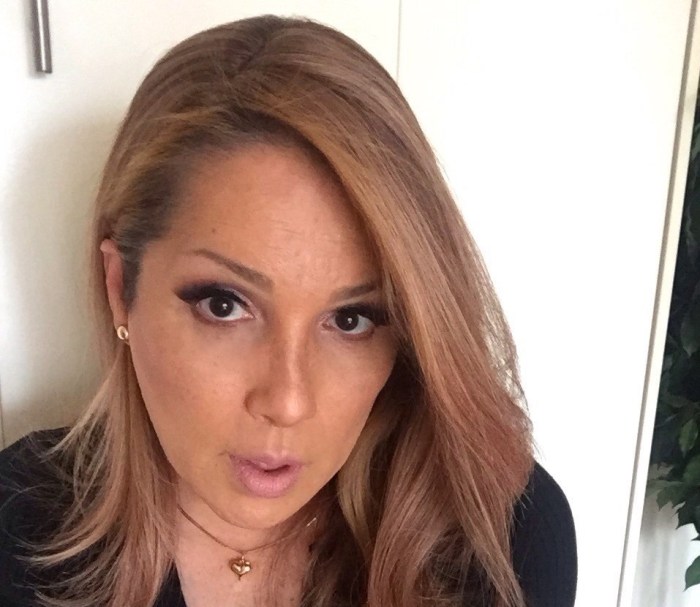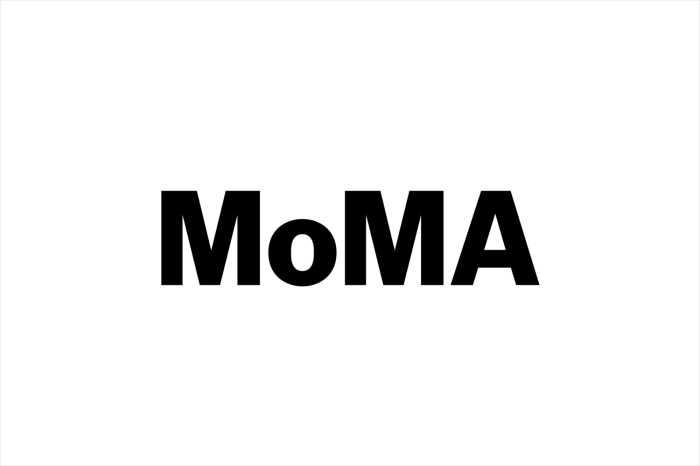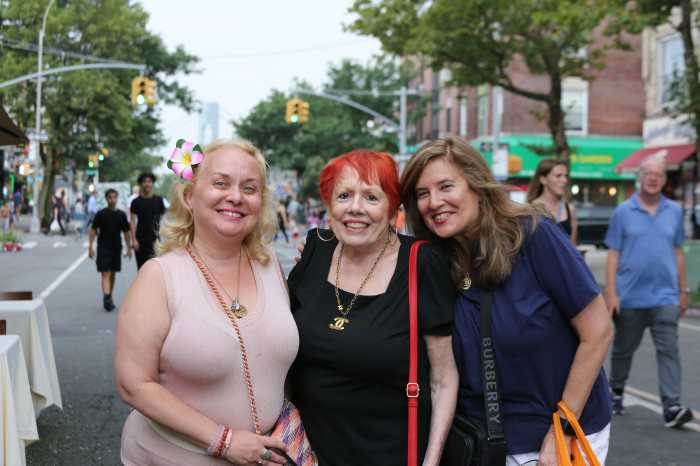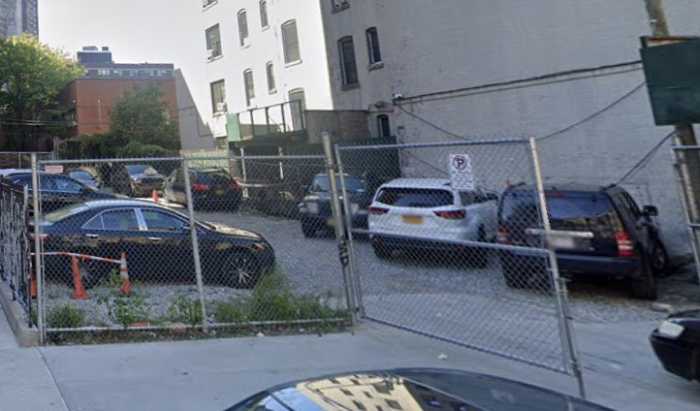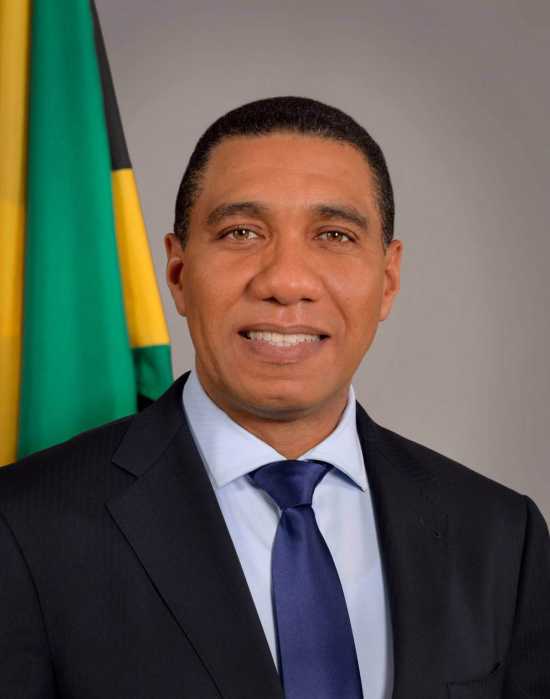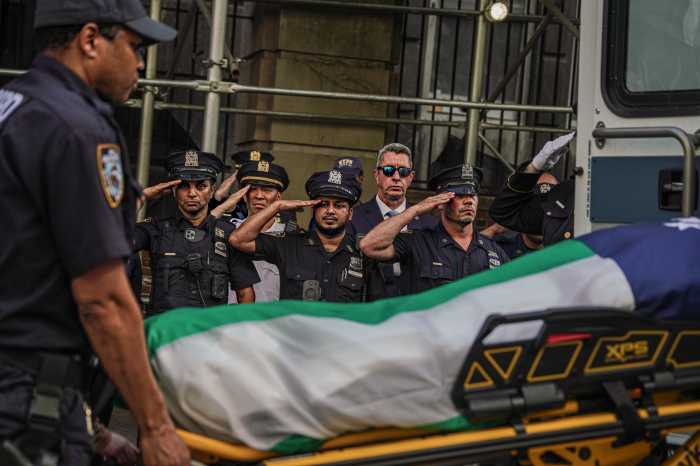There was a new buzzword in the local media in the past few weeks… a new trend the press could not stop talking about — from the columnists at the New York Post and New York Daily News, to the dial-in reporters at 1010 WINS and WNYC, to the New York Times and the New Yorker.
The word is “homeless.”
More than 40,000 people in New Jersey and New York are estimated to be homeless in the aftermath of Hurricane Sandy. Through my work with Shelter of Peace, a faith-based initiative to end LGBTQ youth homelessness, I know that prior to the storm almost 4,000 young people were homeless on the streets of New York City, and up to 40 percent of them identify as lesbian, gay, bisexual, transgender, or queer.
There were less than 250 publicly-funded shelter beds in New York City — plus perhaps 100 funded from other sources — for all homeless youth, and only 42 of these were safe and welcoming spaces for LGBTQ youth. These are teenagers who were homeless before the storm and will be homeless after the storm shelters close. Despite the youth homeless crisis that grew in the aftermath of the Great Recession, until Hurricane Sandy the word “homeless” was barely mentioned by major media outlets in New York. It took a devastating tragedy to bring the word back into public consciousness.
In the past two years the mayor has cut the budget for homeless youth by over 50 percent. Just imagine the outcry that would take place if he took the same approach for victims of Sandy. While thousands of New Yorkers are just now experiencing homelessness and many more are only paying attention as they watch their neighbors and loved ones struggle, being homeless has become a permanent way of life for far too many.
Trying to stuff as many of your personal belongings as possible into a bag in the span of a few minutes. Asking for help from someone you might only casually know, hoping they’ll agree to lend a hand in your moment of need. Having to adjust to no privacy, giving up control over the lighting and temperature of your room, when or if you’ll bathe, making your personal belongings and your body vulnerable to strangers in order to take refuge in a public shelter. From the minor inconveniences to the heavy attacks on personal dignity, this is what 40,000 people had to learn to live with for a few weeks. A homeless person living on the street lives with this reality every day of their life.
Most of those in New York and New Jersey left homeless by Hurricane Sandy will go back to new or refurbished homes eventually. Many are already returning to work and to their routines — Starbucks runs, 24-hour gym memberships, and more, while they look for new arrangements and figure out next steps. The homeless in our society, whom the media often forget, will go back to life as they knew it. Most of the LGBTQ homeless youth had no family network to rely on during the storm because they were forced out of their childhood homes and shunned by their families.
We learned during the AIDS crisis that silence from the media and from public figures allowed the deadly disease to flourish. During our homeless crisis we must urge our media not to be silent on this issue. We must continue to use the word “homeless” as long as there are people living on the streets without a warm bed to sleep in, including a substantial and extra vulnerable LGBTQ youth population.
Rabbi Sharon Kleinbaum is the senior rabbi of Congregation Beit Simchat Torah (cbst.org), a vibrant spiritual community and a progressive voice within Judaism. Founded in 1973, CBST attracts and welcomes gay men, lesbians, bisexuals, transgender, queer, and straight individuals and families who share common values. Passionate, provocative, and deeply Jewish, CBST champions a Judaism that rejoices in diversity, denounces social injustice wherever it exists, and strives for human rights for all people.



